<– Day 39 – Tues. June 11th: Checking Out Butler | Trip Overview | Day 41- Thurs. June 13th: Heinz History Museum –>
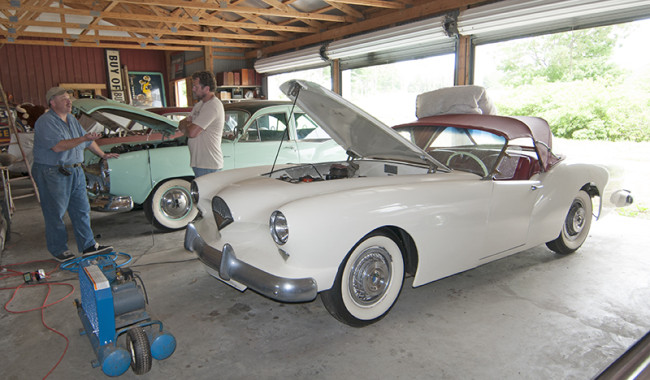
A beautiful Kaiser Darrin. Arrived knowing little about Kaiser Frazer cars, but left far more knowledgable thanks to Dave.
On Wednesday June 12th we drove from Monroeville to Somerset and back.
We awoke Wednesday morning in Monroeville’s Extended Stay Motel. With access to our first kitchen since we’d hit the road, I made my lovely bride some breakfast in bed. It is always good to keep one’s wife happy while jeep hunting.
After breakfast, our big stop of the day was a visit with Dave Antram. He invited Ann and I over to check out some of the barns on his family’s 150 acre farm in Pennsylvania.
His family’s been in the area a couple generations. Over time they’ve enjoyed building several different types of collections, including jeeps. As Dave welcomed us and we began our walk he noted there was a lot to show us. He even thought about contacting American Pickers to come visit. But, then he admitted it would be hard for him to sell anything at ‘picker’ prices.
One of the early vehicles they started collection were tractors. One unusual tractor in their collection employs an aftermarket kit from Sears and Roebuck to transform a 1920’s model A into a tractor. The parts painted red are the aftermarket pieces. The ones painted black are the Ford Model T parts.
Above the tractor collection is a model T that was purchased by the family brand new. It was in bad shape for decades until Dave’s father fulfilled a goal to restore it during the 1990s. These days they use it in parades.
In one part of the barn is an area the American Pickers might enjoy exploring. Dave’s got a couple of Converto trailers sitting about, along with an unusual water pump powered by a Willys F-head engine.
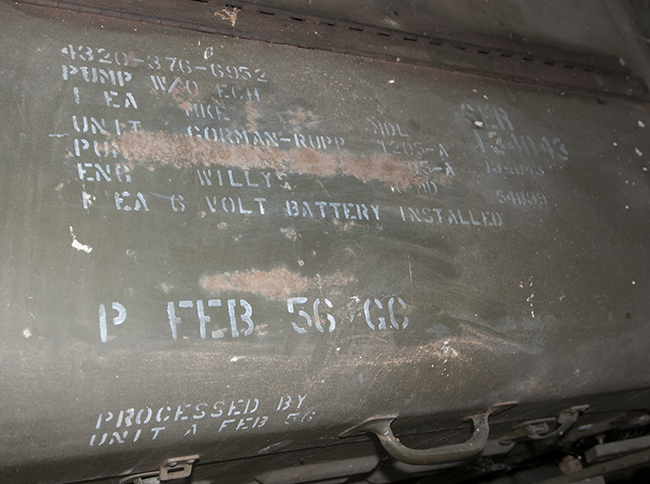
Dave had planned to use the engine in a jeep. But, they he concluded it would be a shame to separate the engine from this unit.
Dave’s got more items in the barn upstairs.
One of the more unusual items captures the family’s passion for education. Dave’s mother was an english teacher. His father imparted the necessity of teaching the succeeding generations, because if we don’t, the knowledge we’ve earned will be lost. An example of that is this Rototiller display. It can be pulled to fairs and other events. The sides fold down, instantly creating an opportunity for education. I even learned something during my visit. I didn’t know that Rototiller was a brand. Rototiller was a brand of rotor tilling. But, like Kleenex and other brands, the brandname expanded beyond the object to represent an industry.
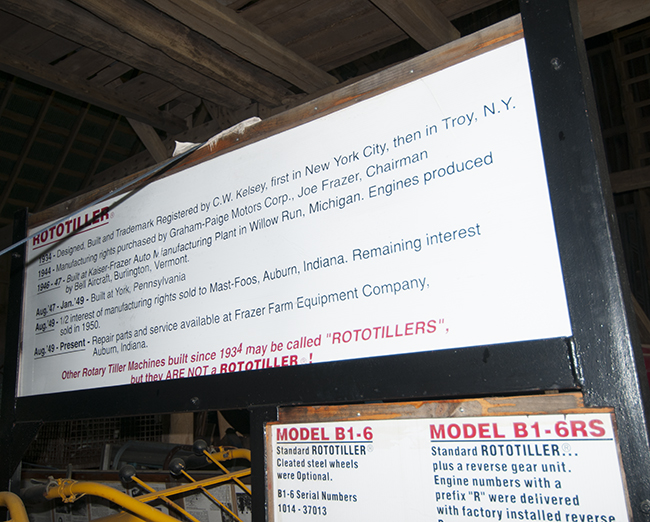
This was another neat find. The dually CJ-5 Trencher by Go For Digger Trencher. Dave pointed out that the Go For Digger Trench and the modifications to the jeep created a much strong unit than the competitor built by Auburn. both units were still tough on the undersized jeep. This unit saw little action and is in very good shape.
The next stop on our tour was an unusual FC Dave owns. It appears to be an experimental version. You can see the serial number (FW1-X1) is very unusual and a plate on the frame is not jeep. I’ve taken some pictures of it.

Except for a bad dent on the passenger side and some interior rust this jeep survived some years on a junkyard pretty well.
As we walked around the property, I spotted a wagon here, a CJ-2A there, and other assorted jeeps. I kind of expected that our next stop would reveal a series of jeeps. Instead, he opened up the doors to an unexpected collection of Kaiser automobiles. I know little about them, so it was fun to get an education.
This is a very unusual Kaiser. It was based on the Henry J, but was branded as an Allstate car and sold through Sears and Roebuck. Only a few thousand of these were made.
Here’s another neat vehicle called the Traveler. Interesting that the company chose to go with Traveller (2 Ls) when they added that model to the wagon line.
The truck doors split, with half folding up and half folding down. The bad news is that there is no seal between the cracks so water can enter.
Our last stop was his collection of toys and literature. While I did get to go through some of his literature, there was too many pages and too few minutes left. So, I’ll have to return (next year maybe) and spend more time pouring through his info.
Here’s a poster I’ve never seen, probably from 1950:
We ended the day at a local buffet where Dave and his wife Jodell treated us for dinner. Thanks for everything Dave. See you on Friday or next year!
Tomorrow we head to downtown Pittsburgh and the Heinz Museum.
<– Day 39 – Tues. June 11th: Checking Out Butler | Trip Overview | Day 41- Thurs. June 13th: Heinz History Museum –>

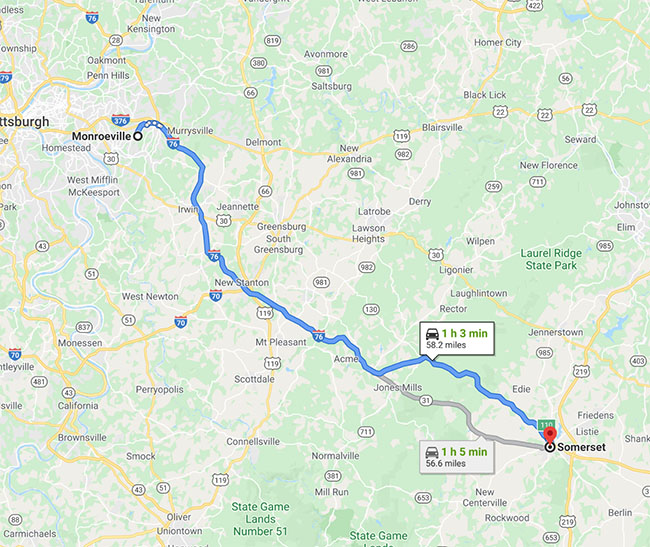
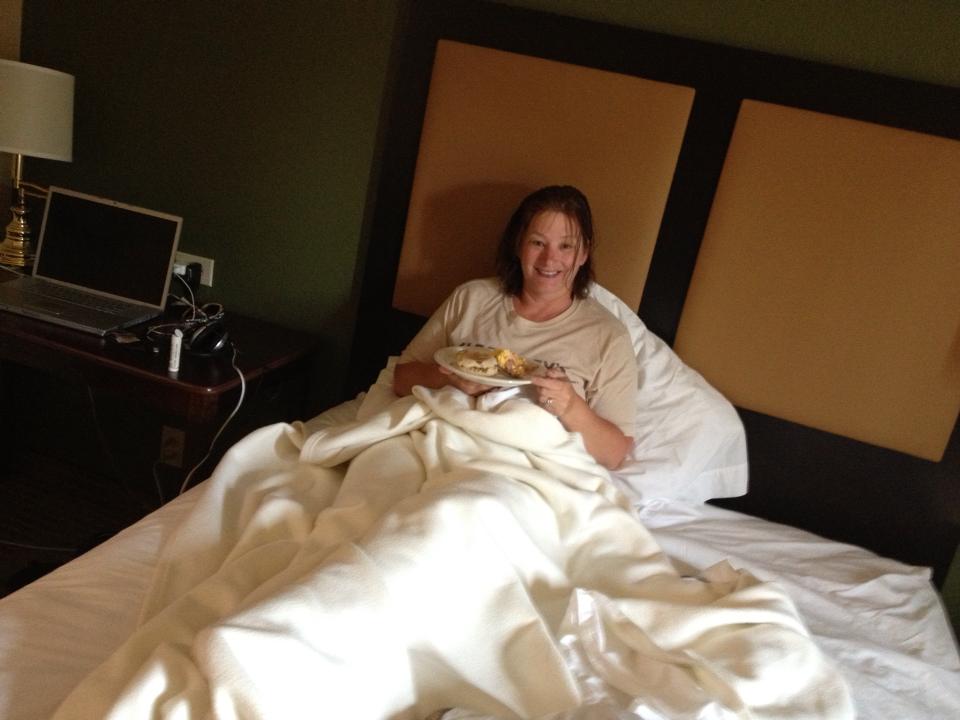
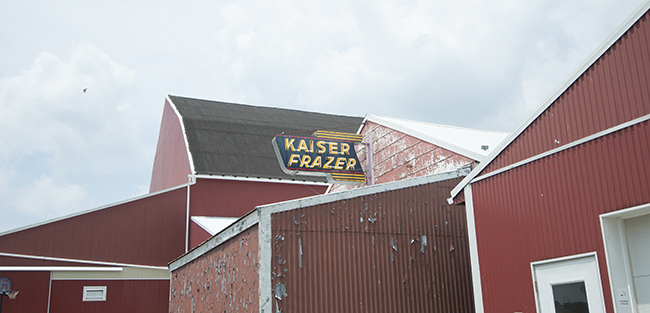
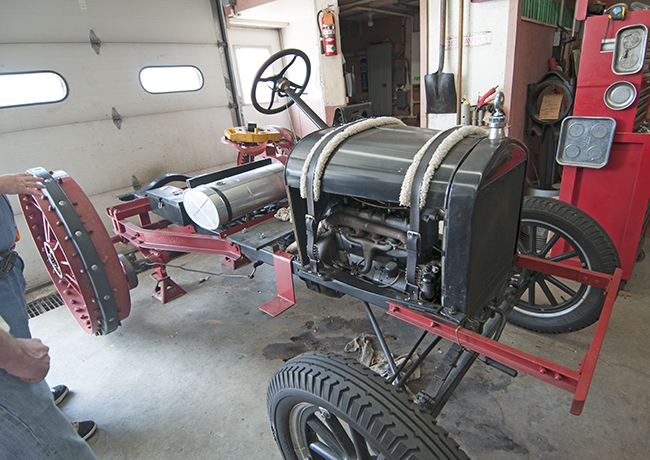
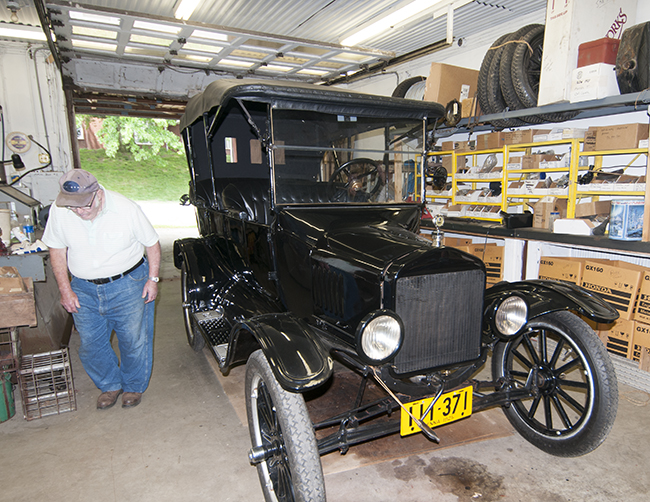
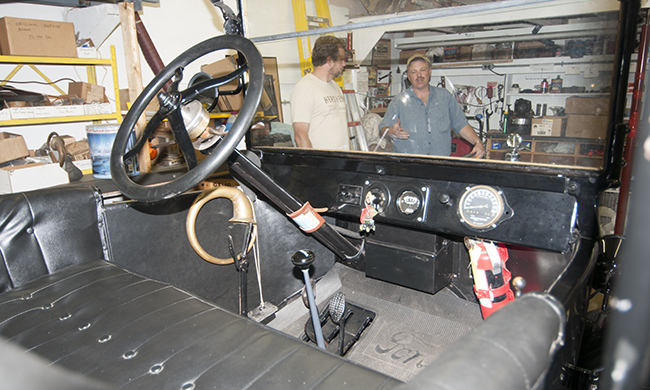
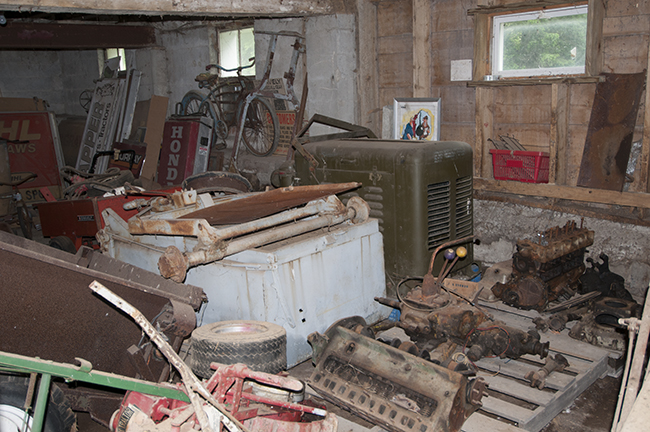
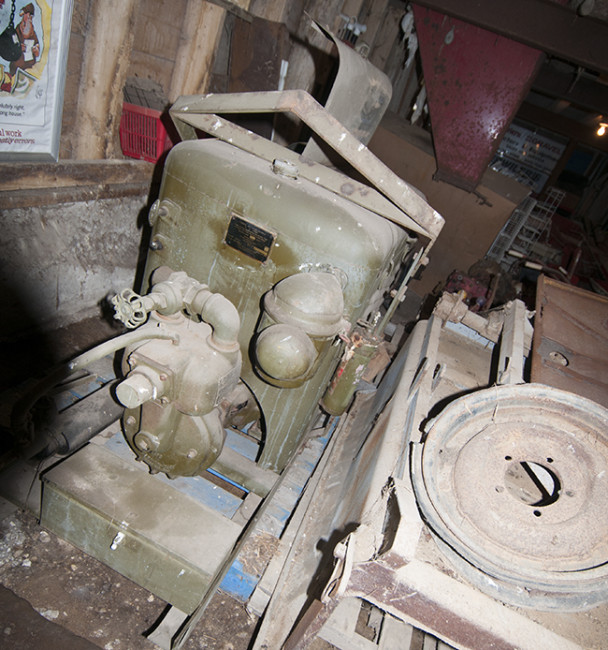
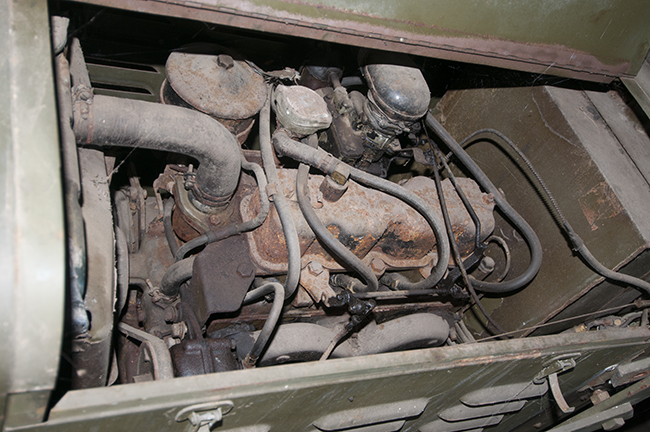
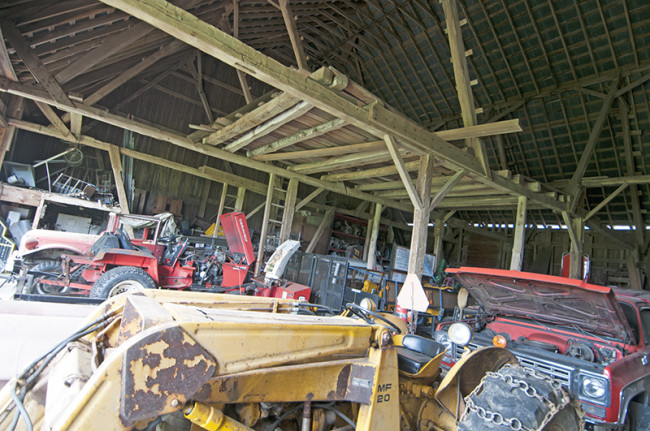
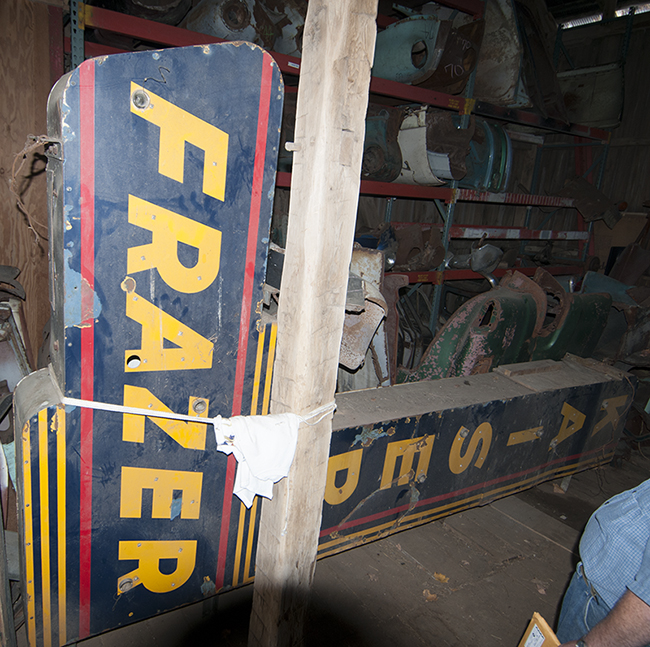
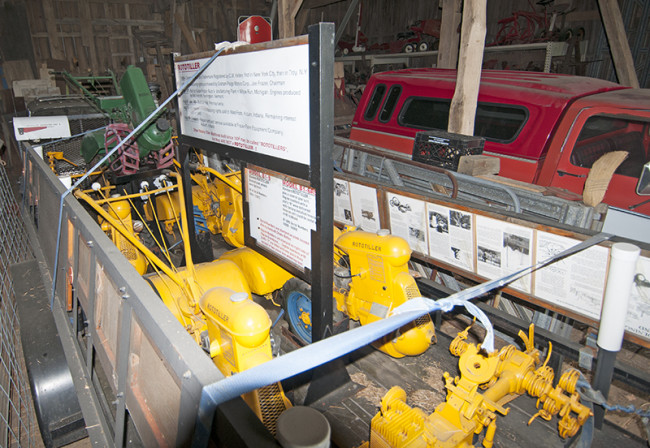
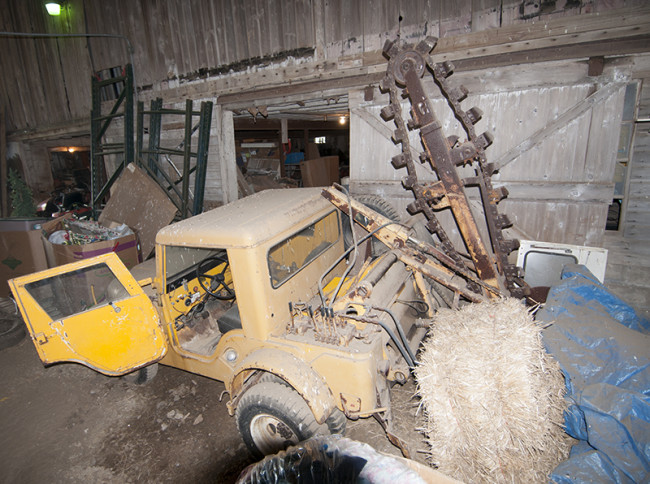
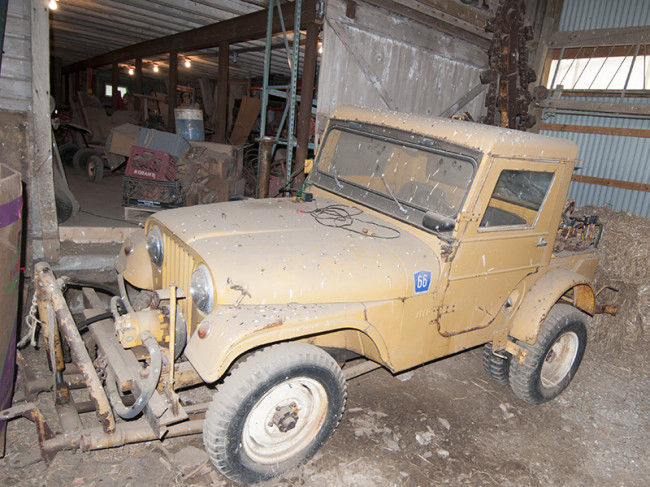
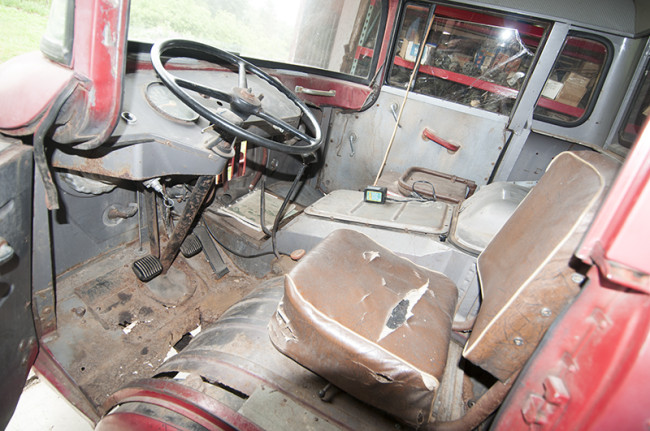
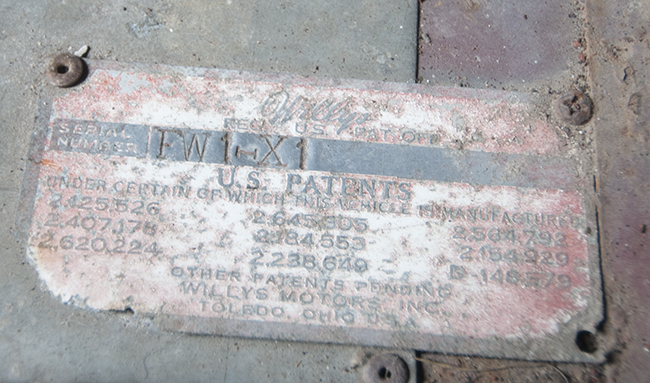
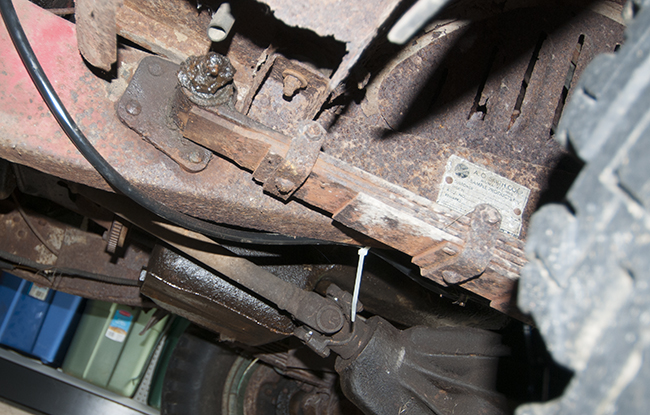
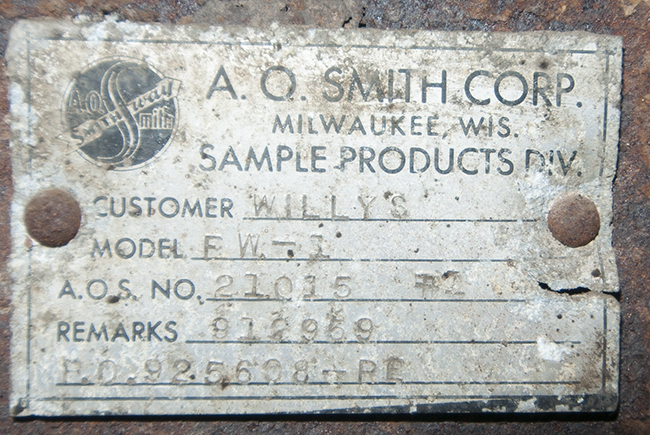
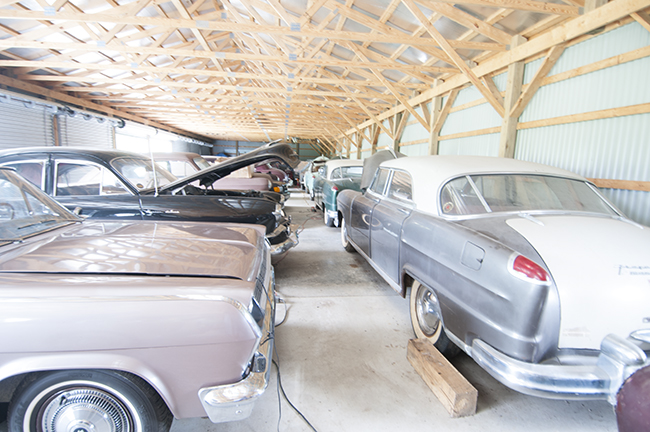

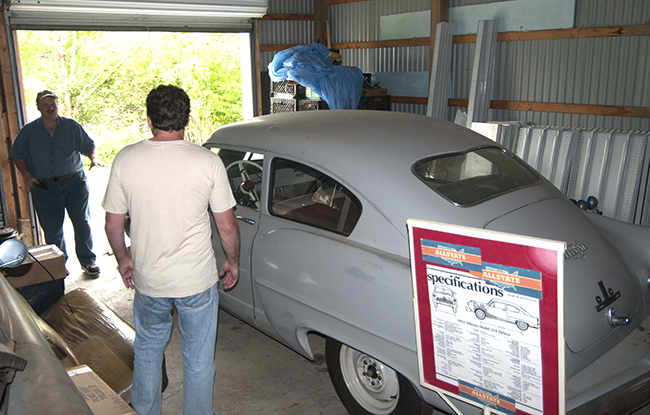

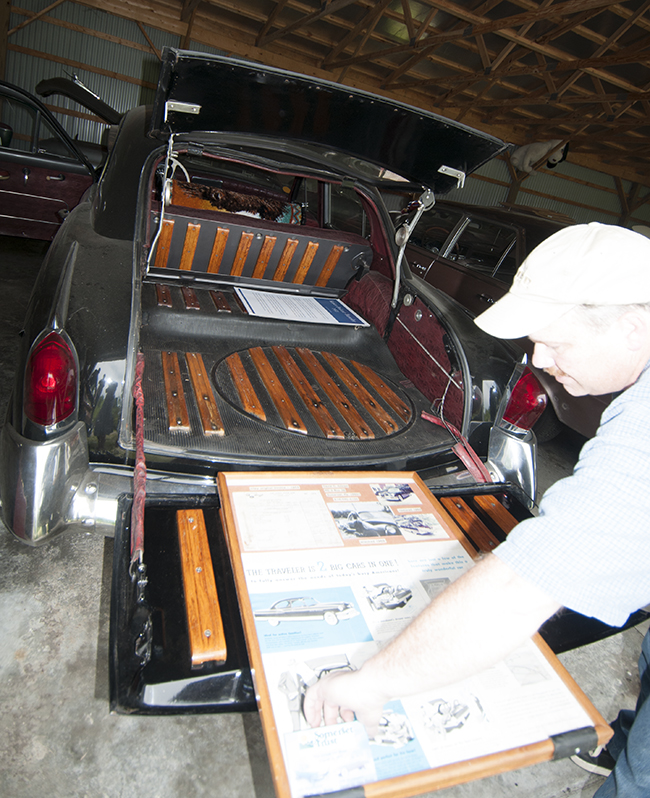
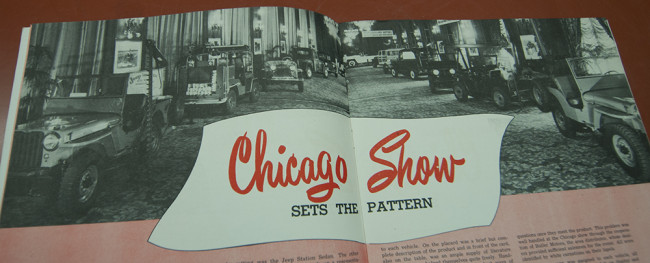
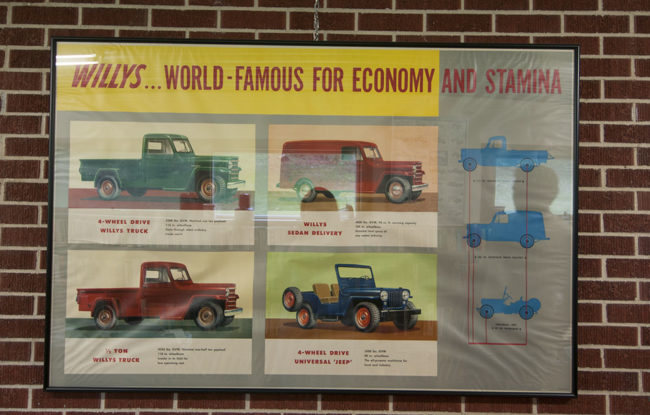
My father had friends from NY that would stop by on vacation – they had Kaisers. In the ’50s they weren’t the usual car – sort of like a Hudson and a Rambler, they bought everyone out to look at it when they drove in.
I had the pleasure to see a completely restored Kaiser Darrin last year at a car show..
One of the coolest early Corvette competitors I have seen…
Thanks for sharing this one with us..
Cheers…….
Bob
I used to be suggested this blog by means of my cousin.
I am now not sure whether or not this submit is written via him as no one
else recognise such specified about my difficulty.
You are wonderful! Thank you!
I always like the unusual stuff. This FC is very interesting. The serial number “X1” was also used on CJ experimental jeep. I sended an e-mail to “http://thefcconnection.com/”. They might know a little about it.
I remember seeing a privately owned Kaiser Darren in the mid sixties. I believe it had an usual feature. The doors, rather than swinging out on hinges, slid forward into the front fenders.
My Uncle, always a man who followed his tune, had a Kaiser sedan in the mid fifties. It was a metallic red color. It was handsome as it was unique.
The FC-170 Jeep has got to the rarest of the rare. I get the impression that Kaiser farmed out the construction of this first prototype. There has to more to this story.
I am a owner of a 1957 FC-150. It is a driver. It gets and needs a lot of attention for its age and uniqueness. Did I mention that my uncle with the Kaiser was my favorite uncle!
Thanks!
You are correct on the sliding doors.
The convertible top also was well thought out, as it had three positions…Full up, ~1/2 down leaving the front above the drivers seats open, and the balance of the top in place, and then fully down…
The first year of production had a six cylinder engine (don’t remember who’s) and was scheduled to come out with a V-8, but the car got squashed from the line…too bad…
I seem to remember a truck similar to this one found in (Western Michigan?) some years ago. Don’t know if this is the same truck. Very well could be one of the first FC-170’s produced. One thing I’d like to see a better picture of. The fender flares, are they rubber with metal extensions or fiberglass? With the truck living in a junkyard for a while I realize many things can get changed out like the non-stock seats in it. One other area to look at is the frame near the rear of the front spring. They were renforced there because of breakages. This could be the new and improved frame design that was put out later in production. With it being a test frame by a different company other than Willys Motors it could be a totally different animal all together. All of the FC-170 engine numbers began with FW-xxxxx but not the chassis’. An unusual truck indeed.
Craig,
Yes, Dave pulled this out of Michigan. Dave mentioned the metal in the flares. I’ll send you a pic of them in a moment.
– Dave
Hi Dave… and Dave! Nice collection!
The comments on the Kaiser Darrin are indicative of how few people ever saw one. The model number was KF 161. The Darrin was designed by Dutch Darrin and the body was on a Henry J chassis, powered by a Willys 161 cubic inch 90 horsepower F-head 6 cylinder engine with overdrive. It had a floor shift. The Landau top did have three positions and looked cool. There are photos of an experimental Darrin that had a removable fiberglass hardtop that was so much sleeker than the Corvette’s, looked almost like a Ferrari, or even a Kellison kit body. There were 435 Darrins made before Kaiser pulled the plug on them. Some were converted later with Ford flatheads and a couple had 331 Cadillac V8s with Hydramatic transmissions. The doors did slide into the body panel behind the front wheels, but once opened, the door opening itself is small. Neat cars. Over the years I have seen quite a few as there are several here in Arizona, 3 of them in Tucson, owned by Lee Abrams. Barrett-Jackson usually has at least one on consignment in Scottsdale every January. I believe that Willys toyed with using the Woodhill Wildfire fiberglass body in the early 50s, but that project got shelved also when Kaiser bought Willys in 1953, but you can see the influence of the Woodhill body on the Darrin styling. Woody Woodhill was a Willys dealer and sports car guy in Los Angeles in the late 40s and early 50s.
The big Kaisers all used the Continental 226 cubic inch 115 hp 6 cylinder engines, which after 1954, became the Super Hurricane 6 in the Jeep wagons and trucks and in a few of the 1955 Willys Bermudas. The Henry J and 1953 Allstate cars used the Go Devil L-134 Willys 4 cylinder 63 horsepower engine, with or without overdrive. Some of those had 6 cylinder Willys L-head 75 hp 161 cubic inch engines in them also, with or without overdrive. The cylinder heads on those cars had a Kaiser casting, but they fit any of the Willys engines. Some 1954 Kaisers had a McCullough supercharger on them that raised the horsepower to around 140.
Thanks Colin!
Dave mentioned that he’d heard Henry Kaiser saw the prototype of the Darrin and didn’t like it, but his wife (or girlfriend?) saw it and liked it so much, he decided to go ahead with a production run.
– Dave
I worked at A O Smith from 1972 to 2005. We made frames for everyone over the years. Anything from designing and prototype to full scale production was done. They would even build one off cars and trucks to try and sell frames to replace unibody or competitors frames. Going by the two data plates, this was hand made in the sample shop for Willys since they have the patents in their name. I remember trying to get some information back in the mid 90s from the A O Smith historical archives for this but nothing was ever found. Smith sold off the frame business in 97 and Milwaukee has been closed since early 2006.
Great info. Thanks Steve!